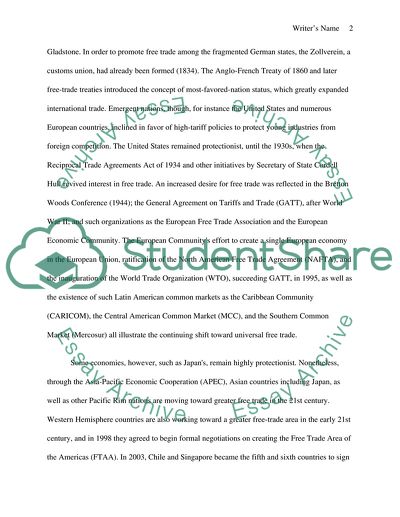Cite this document
(Free Trade Research Paper Example | Topics and Well Written Essays - 1750 words, n.d.)
Free Trade Research Paper Example | Topics and Well Written Essays - 1750 words. Retrieved from https://studentshare.org/politics/1725504-free-trade
Free Trade Research Paper Example | Topics and Well Written Essays - 1750 words. Retrieved from https://studentshare.org/politics/1725504-free-trade
(Free Trade Research Paper Example | Topics and Well Written Essays - 1750 Words)
Free Trade Research Paper Example | Topics and Well Written Essays - 1750 Words. https://studentshare.org/politics/1725504-free-trade.
Free Trade Research Paper Example | Topics and Well Written Essays - 1750 Words. https://studentshare.org/politics/1725504-free-trade.
“Free Trade Research Paper Example | Topics and Well Written Essays - 1750 Words”, n.d. https://studentshare.org/politics/1725504-free-trade.


